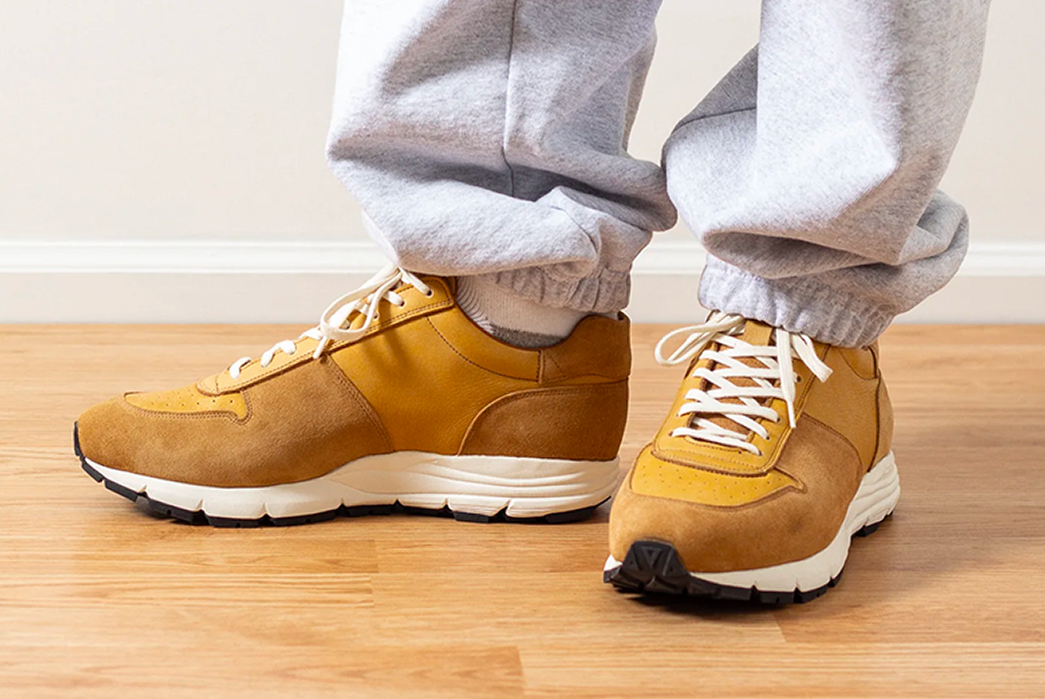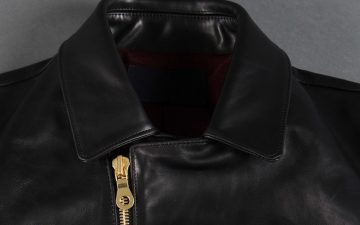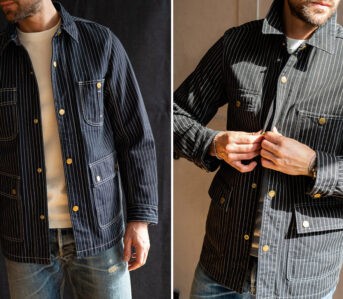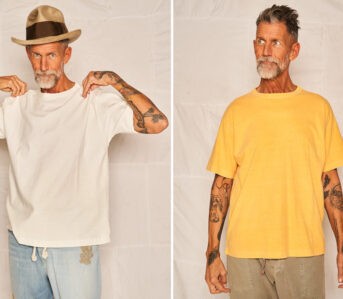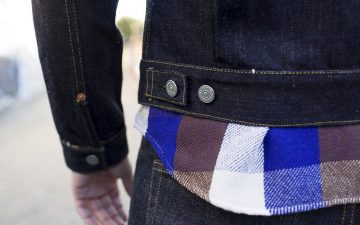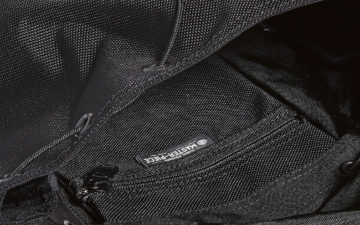A pair of casual sneakers with a flat rubber sole is arguably just as essential to the modern wardrobe as a quality pair of boots or shoes, but not all pairs are made equally.
If you’ve invested, or you’re looking to invest, in a pair of casual sneakers, you’ve undoubtedly noticed the plethora of options out there, falling into a range of different price points. How can one pair of cup-soled sneakers be $60 and another pair $600? The truth is that, when it comes to sneakers, you’re often paying for the brand name, and not the build quality or longevity prospects of the sneaker.
In this edition of Three Tiers, we’ll be breaking down the range of vulcanized and cup-soled sneakers into three categories: entry, mid, and end-level. But we won’t be focussing on brand names, we’ll be focussing on the quality of the sneaker, helping to inform your purchase of a pair you want to use forever. Yes, some higher-end brand names will fall into the upper levels of our guide, but some big names we class in the entry-level may surprise you.
The Two Main Types of Flat Soled Sneakers
All of the sneakers in this category tend to fall into one of these two construction types.
Vulcanized
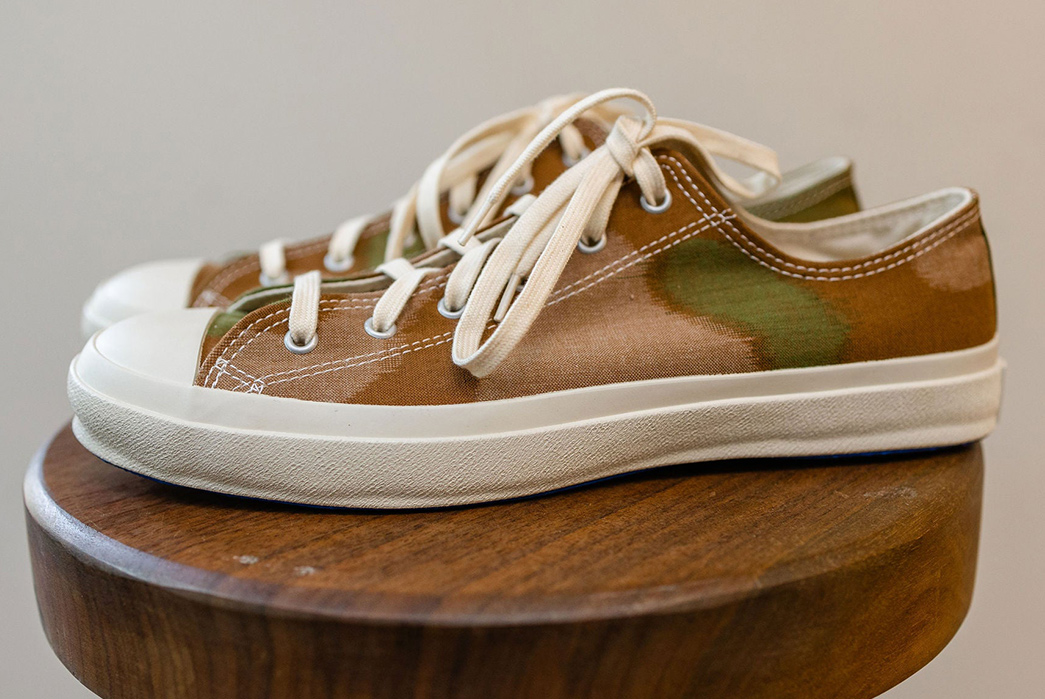
Moonstar Basket via Franklin & Poe
Vulcanized sneakers (think Vans Authentic or Converse Chucks) are made by fusing a vulcanized rubber sole to the upper of the sneaker using heat and glue in a process often referred to as ‘cooking’. Vulcanization of rubber is a process that uses chemicals like sulfur to change natural rubber into a stronger, more durable material suitable for footwear soles.
Some heritage makers of vulcanized sneakers make them in an artisanal way with high-quality rubbers, bonding compounds, and old equipment, but most vulcanized sneakers are ‘cooked’ en masse in a big sneaker oven.
The main drawback of vulcanized sneakers is that they simply perish. The fusion of sole to upper eventually decays, and the midsole starts to come away, typically only after a few months of wear. This doesn’t mean you can’t stomp in a pair of vulcanized shoes for a long time. People have been known to make a pair of Vans last a fair few years. But the truth is, they’re not well-made, and they sacrifice function for form in many ways.
Cup Sole
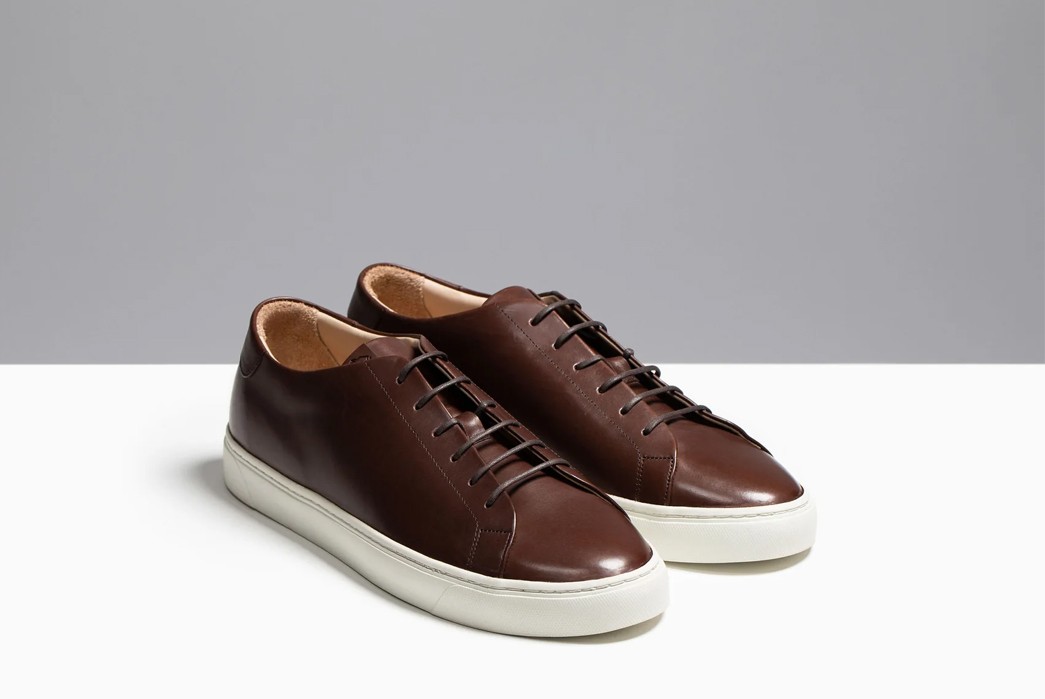
Grant Stone Coast Sneakers made with Cupsole Construction, via Grant Stone
Cup soles are rubber soles that have a tall ‘sidewall’ that is stitched (and often glued/cemented) to the upper. The tall sidewall means the sole unit is like a cup that cradles the upper, hence the name. As they are directly stitched to the upper, no midsole or welt is required, making cup-soled sneakers lighter, more flexible, and with fewer perishable components.
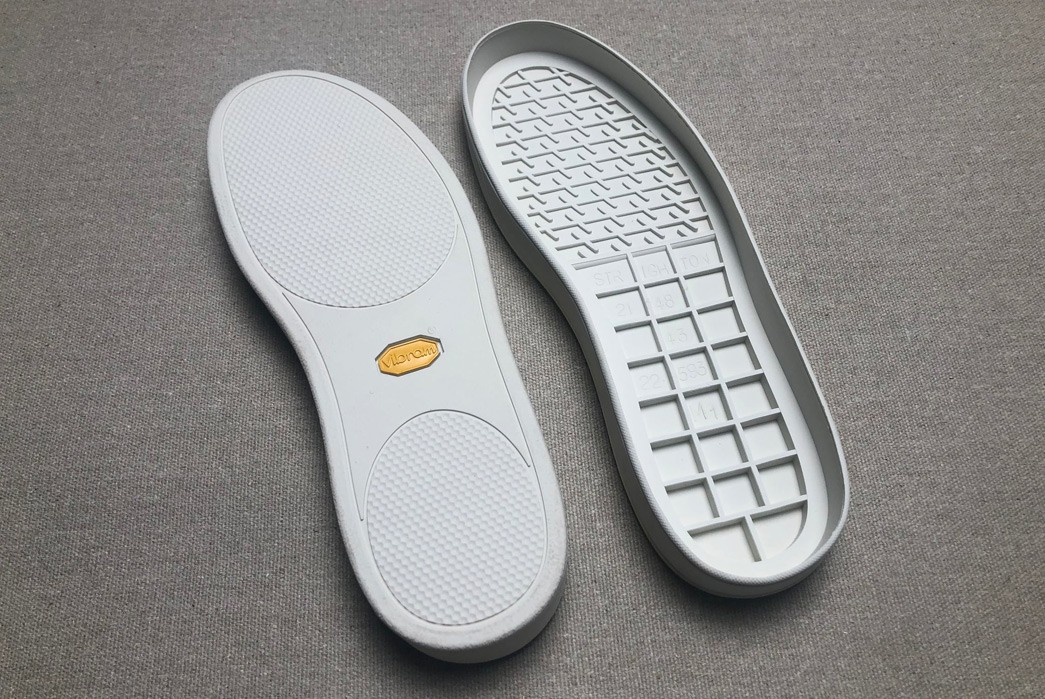
A Vibram cup sole via Shoemakercraft
Cup-soled sneakers typically last longer than vulcanized ones, because they have stitching, which is stronger than glue in most scenarios. Obviously, there will be some very poorly made cup-soled sneakers out there, that wouldn’t be as strong or well-made as a pair of Moonstars or something, but in this niche, a pair of cup-soled sneaks will mostly likely last you longer and have some potential for recrafting (always check with the maker if it is not explicitly stated that the shoe can be re-soled).
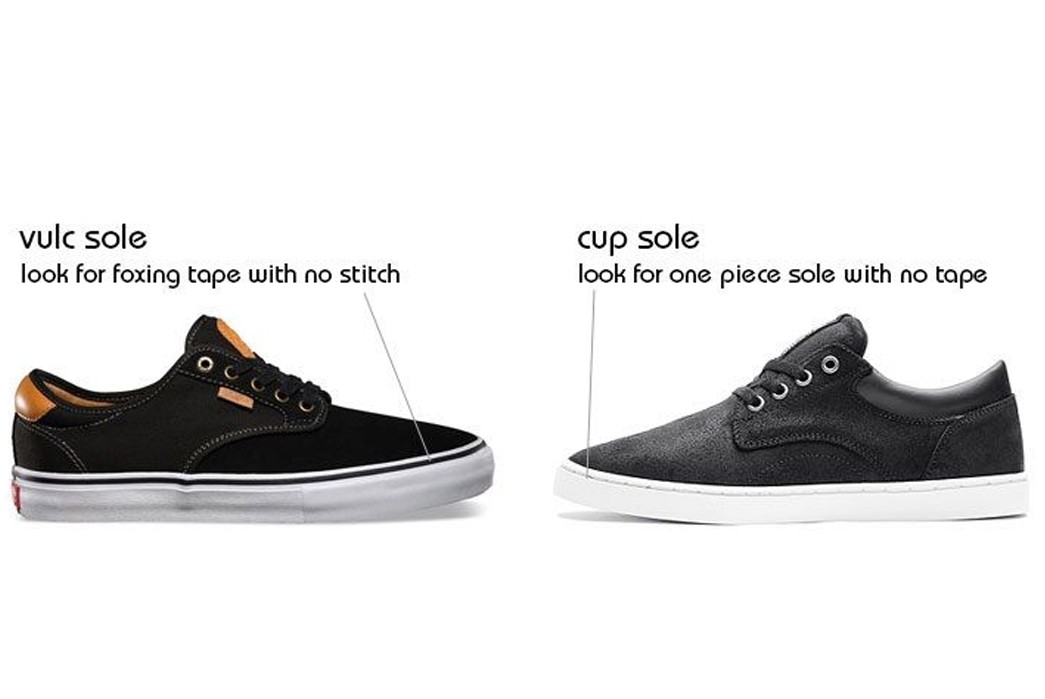
Image via Raptor Underlayment
Entry-Level (sub $100)
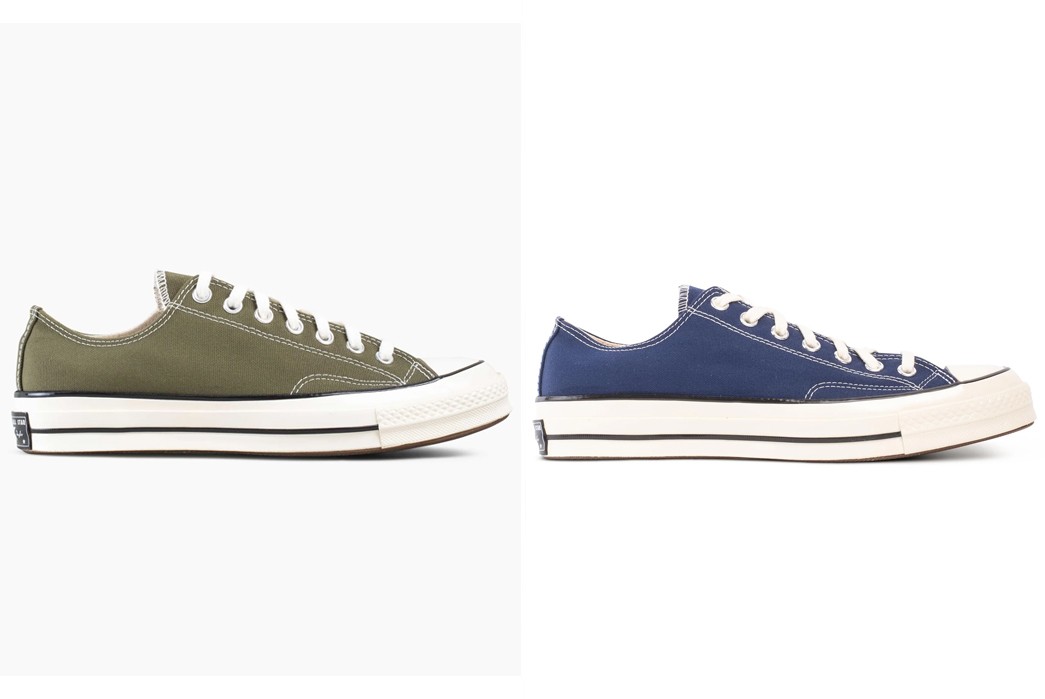
Converse Chuck Taylor 70s, $68 from Lost & Found.
Sneakers at this level will mainly be mass-produced vulcanized sneakers and cheaply made cup-sole sneakers. As mentioned above, that is not to say you won’t be able to make a pair of sneakers from this category last (especially if you look after them), but they are mainly simple pieces of footwear made with lower-grade materials.
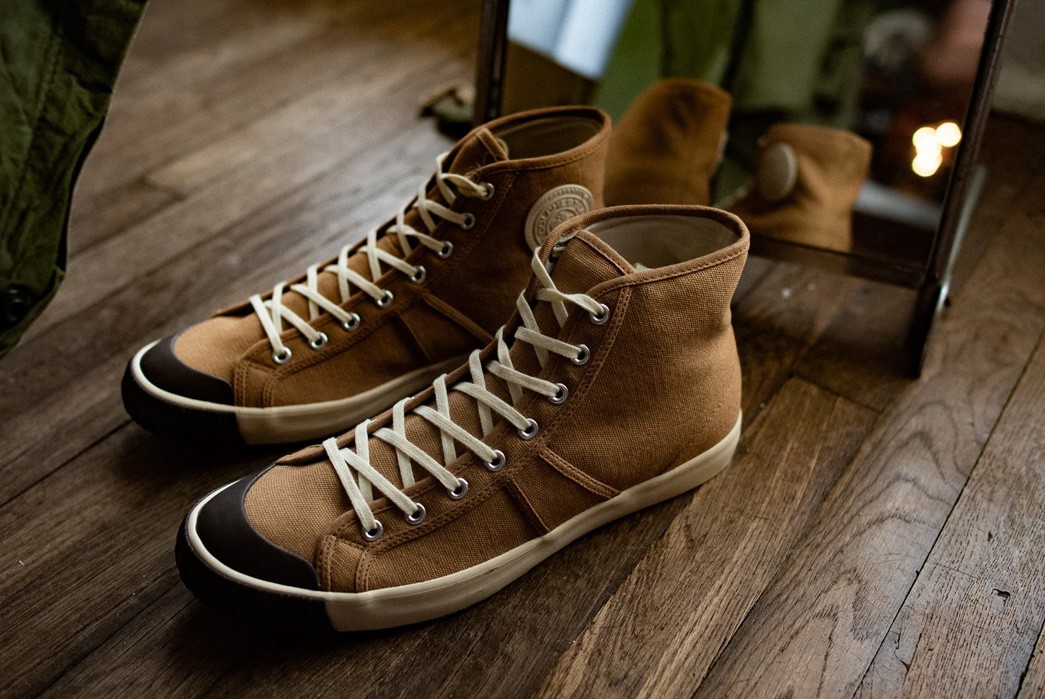
Colchester National Treasure, $95 from Manready Mercantile.
The key players in this category are the two titans of vulcanized styles, Vans and Converse. If you’re reading this, chances are you’ve owned a pair in your lifetime. They look great, and they make some options that are touted as ‘higher quality’, but the truth is, they’re still just vulcanized sneakers made in extremely high numbers. My least sustainable clothing habit is going through Converse Chuck 70s (the supposedly higher quality line of Converse Chucks) like twice a year. The same goes for brands like Stepney Workers Club and Novesta. Just because they’re stocked adjacently to high-quality clothing a lot of the time, doesn’t mean they’re particularly long-lasting — and they’re certainly not re-craftable (unless you’re literally a shoemaker yourself).
Makers of entry-level flat sneakers include:
Mid-Level ($100+)
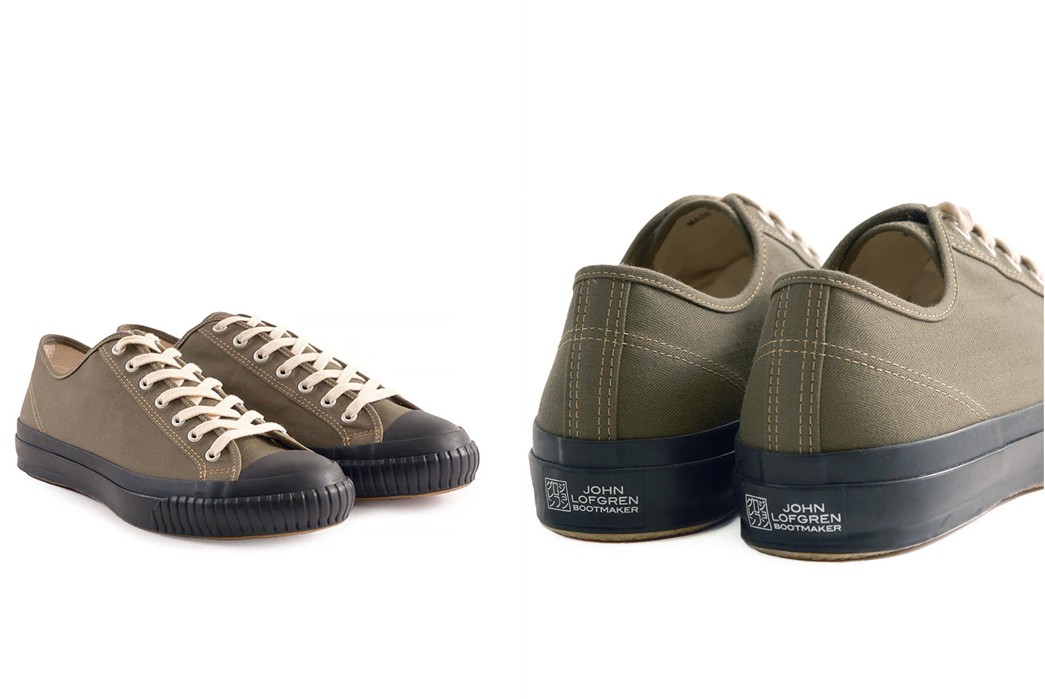
John Lofgren LK-037 Champion Sneaker in olive drab, ~$210 from Brooklyn Clothing.
At the mid-level, flat sneakers are still made with vulcanization and cup soling, but you will begin to see makers that produce their footwear in smaller batches, with better materials, and in places like Japan, Italy, and other areas of Europe.
In some scenarios in the mid-tier, you’re splitting hairs if comparing some of the better entry-level options with, say, a pair of Moonstars, but you have to back a maker like Moonstar, Common Projects, and especially John Lofgren, to produce a superior pair of sneakers above the likes of Vans and Converse. And whilst build quality is always important, a higher quality material on the upper (say, top quality suede or leather) will mean less pressure on the construction — and it’s makers like these that opt for higher quality uppers.
Makers of mid-level flat sneakers include:
- Moonstar (made in Japan)
- Shoes Like Pottery (made in Japan)
- John Lofgren (made in Japan)
- Warehouse & Co. (made in Japan)
- Visvim (made in Japan)
- Mephisto (made in France)
- Rick Owens (made in Italy)
- Common Projects (made in Italy)
End-Level ($250+)
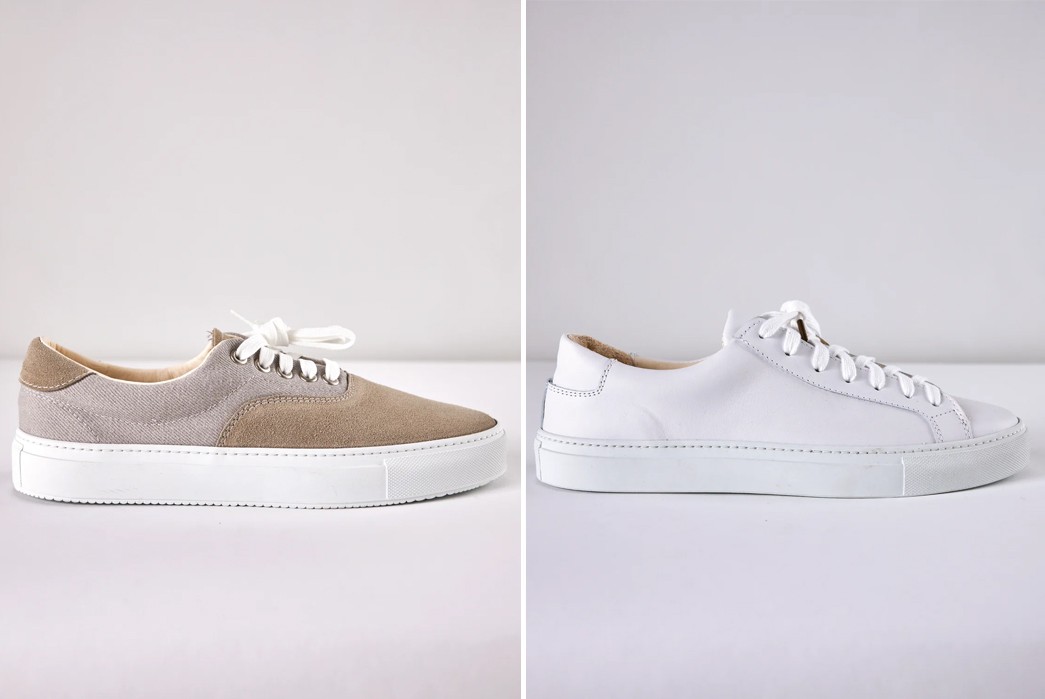
Opie Way Deck Sneaker (left) and James Court Lo (right), available for $348 and $428 respectively from Opie Way.
This is where things get spicy, and when flat sneakers start to the heights in terms of quality and re-craftability that we like to see here at Heddels. The crazy thing is, a lot of these options are cheaper than some of the mid-level options.
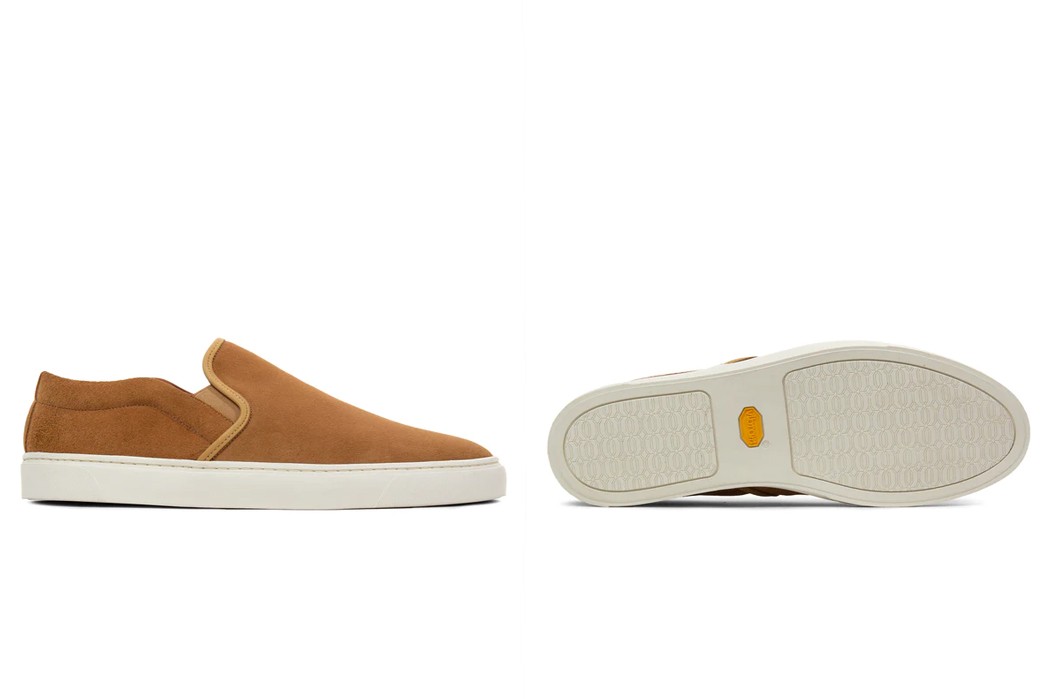
Viberg Janus Slip-On, available for $560 from Viberg.
The key features of an end-level sneaker are the quality of materials and re-soleable construction. This means that perishable vulcanized sneakers don’t make it to the end-level, and in our opinion, only cup-soled or welted sneakers that have been built in a way that allows them to be re-soled are worthy of being in the upper echelons of the flat sneaker market.
Makers of end-level flat sneakers include:
- Opie Way (made in USA)
- Grant Stone (made in China)
- Rancourt (made in USA)
- Unmarked (made in Mexico)
- Viberg (made in Canada)
- Buttero (made in Italy)
- Hender Scheme (made in Japan)

